pump sprayer, also known as a hand pump sprayer or pressure sprayer, is a manually operated device designed for spraying liquids such as pesticides, herbicides, fertilizers, cleaning solutions, or water. It typically consists of a container to hold the liquid, a pump mechanism to pressurize the container, a wand or nozzle for directing the spray, and a handle for pumping and carrying. Users pressurize the container by manually pumping the handle, creating pressure that allows the liquid to be sprayed in a controlled manner when the nozzle is activated. Pump sprayers are commonly used in gardening, agriculture, pest control, and various household applications for targeted and even distribution of liquids.
 Bush Cutter Blade (12 pcs)
Bush Cutter Blade (12 pcs)
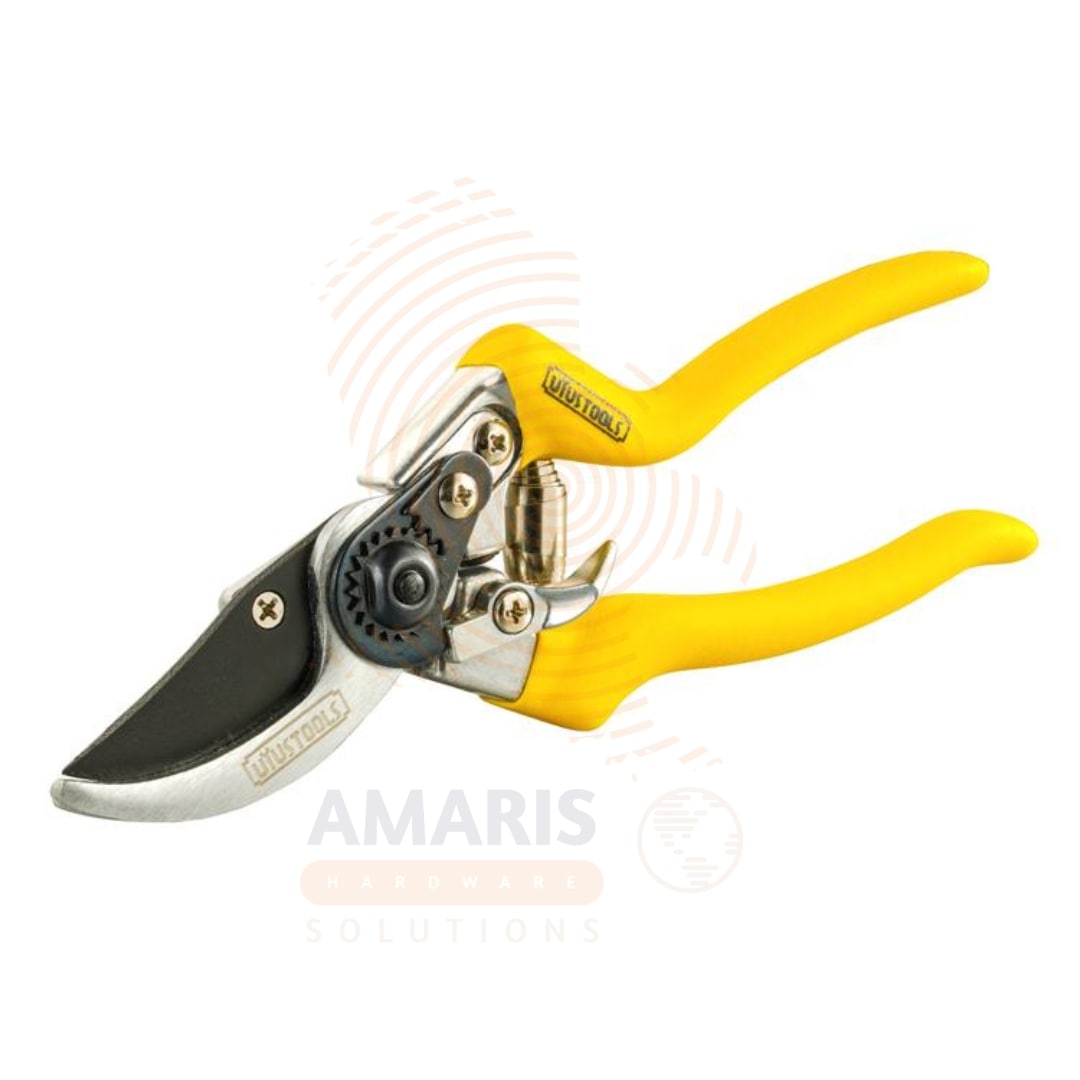 Heavy Duty Pruner 8.5 (12 pcs)
Heavy Duty Pruner 8.5 (12 pcs)
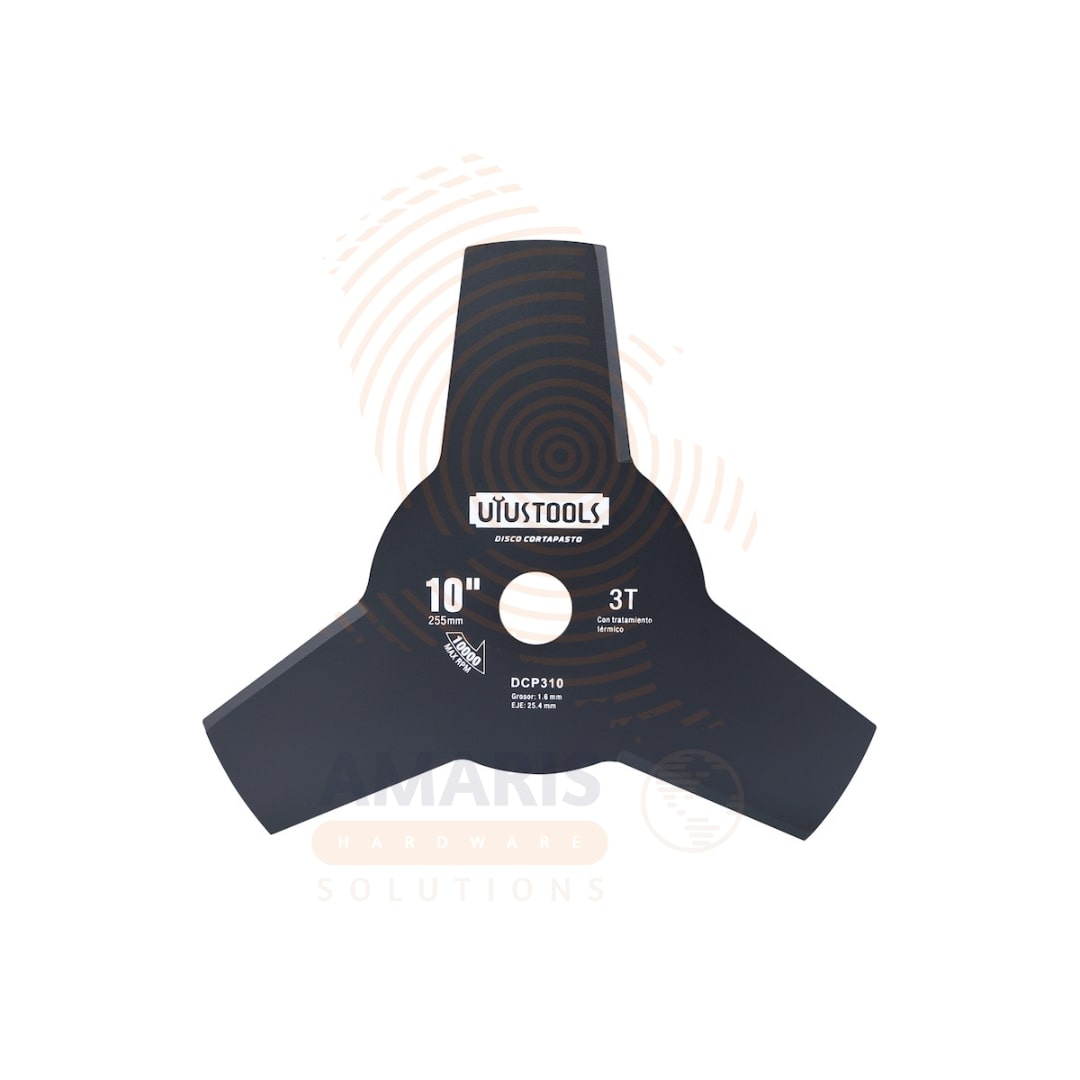 Lawn Saw Blade (12 pcs)
Lawn Saw Blade (12 pcs)
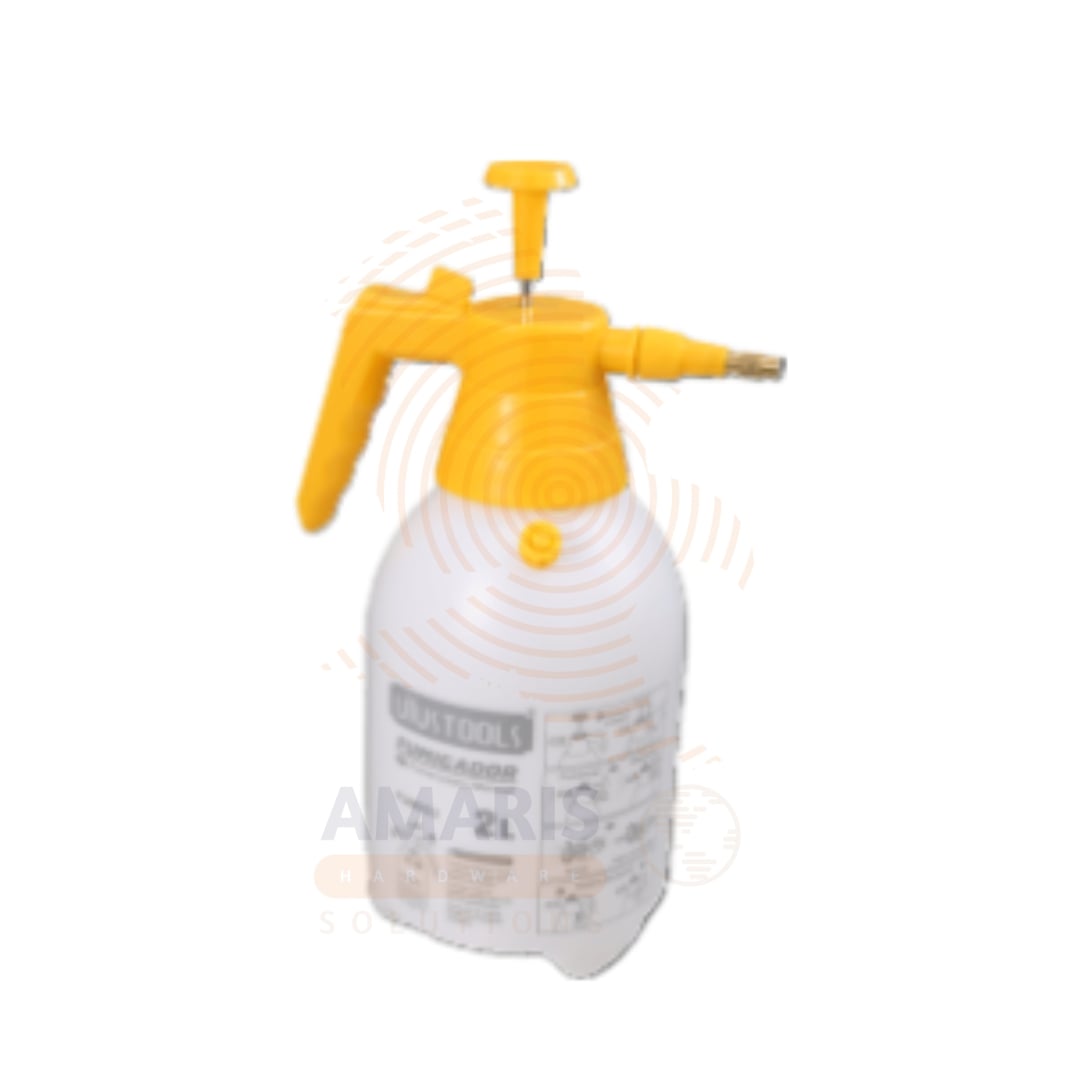 Pump Sprayer 2L (12 pcs)
Pump Sprayer 2L (12 pcs)


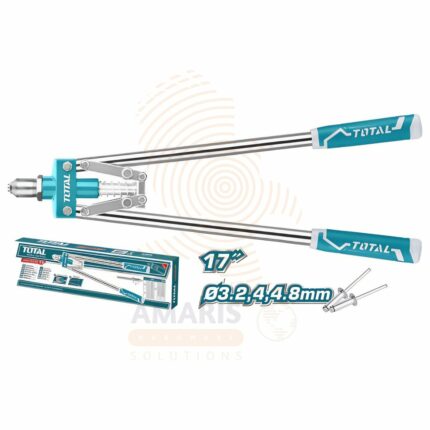


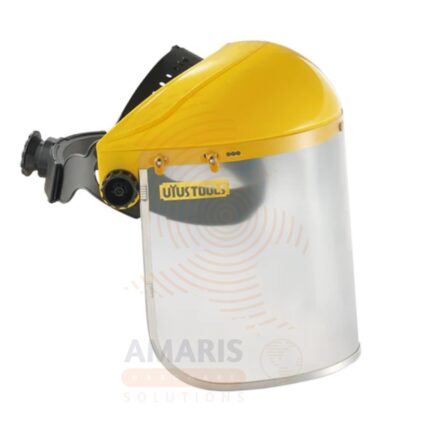


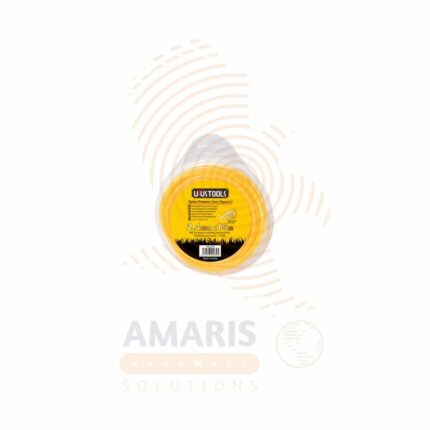








Reviews
There are no reviews yet.